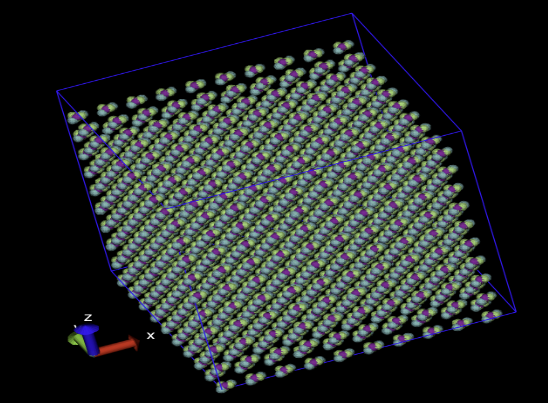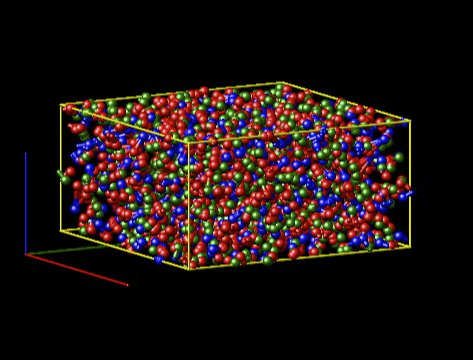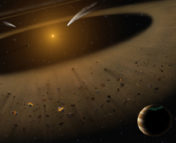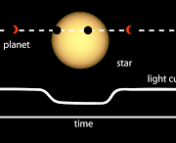The Undergraduate Research series is where we feature the research that you’re doing. If you are an undergraduate that took part in an REU or similar astro research project and would like to share this on Astrobites, please check out our submission page for more details. We would also love to hear about your more general research experience!

Rinisha Ramprakash
University of Georgia at Athens
Rinisha Ramprakash is an undergraduate studying Astrophysics and minoring in Mathematics at the University of Georgia at Athens. She has been working on research, “Simulating Interactions with Lunar Rocks”, under the Head of the Department of Physics and Astronomy, Dr. Stancil. She has presented this work at the Conference for Undergraduate Women in Physics (CUWiP), at the Center for Undergraduate Research Opportunities Symposium (CURO) and at the CURO Summer Final Forum.
The moon, like all air-less bodies, is exposed to the harsh environment of space. The surface is bombarded by solar wind ions, cosmic rays, Ultraviolet, and X-ray radiation, which all interact with the soil in a process referred to as space weathering. Further studies, such as Huang et al. (2022), have found that micrometeorite impacts affect the moon’s soil, and by studying micrometeorite interactions, we can learn about the early conditions and processes in the solar system’s history. Knowing about the dynamics of the moon’s regolith leads to a better understanding of the complex mineralogy on the moon. The purpose of this research is to simulate the lunar regolith and further understand the complex mineralogy of the moon by exploring the dynamics of interacting particles. One of the main constituents of lunar rocks is the mineral forsterite, Mg2SiO4. We apply the public-domain software package Large-scale Atomic/Molecular Massively Parallel Simulator (LAMMPS) to simulate a lunar rock and the different space environmental factors that affect its surface. A crystal slab of forsterite is created with the packages Vesta, which provides atomic coordinates, and Moltemplate, which provides output files for LAMMPS to create a periodic crystalline slab (Figure 1).

Classical trajectory calculations, such as Newton’s second law, are performed with LAMMPS to relax the slab into an amorphous state (Figure 2). LAMMPS is then used to simulate particle collisions, such as a hydrogen molecule striking a forsterite slab and a hydrogen molecule striking a silicon oxide slab (Figure 3). The Visual Molecular Dynamics tool is used to visualize the time-dependent interactions. Ultimately, we plan to study both solar wind proton and micrometeorite collisions, which are proposed mechanisms for the production of water in the lunar regolith.
Astrobite edited by Keighley Rockcliffe.
Featured Image Credit: NASA.






